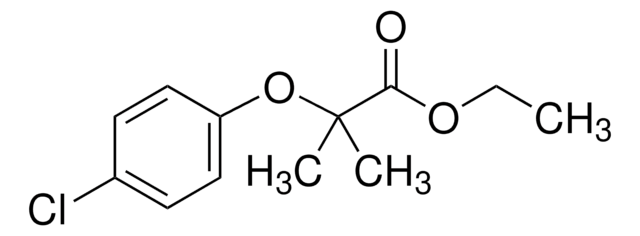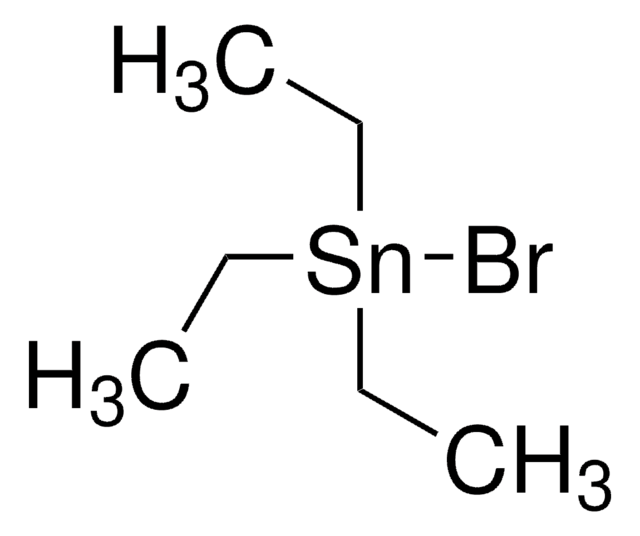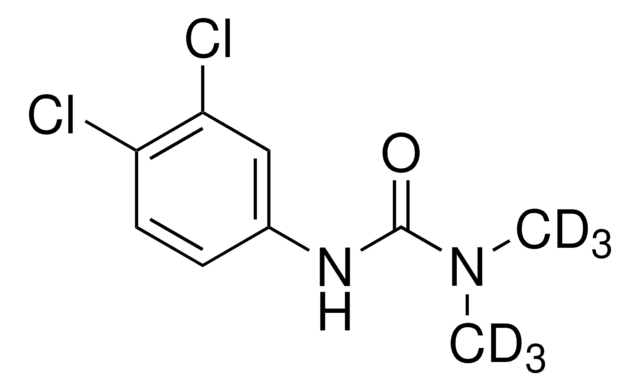C2300000
Clofibrate
European Pharmacopoeia (EP) Reference Standard
Synonym(s):
2-(4-Chlorophenoxy)-2-methylpropionic acid ethyl ester, Ethyl 2-(4-chlorophenoxy)-2-methylpropionate, Ethyl 2-(4-chlorophenoxy)isobutyrate
Select a Size
About This Item
Recommended Products
grade
pharmaceutical primary standard
API family
clofibrate
manufacturer/tradename
EDQM
technique(s)
HPLC: suitable
gas chromatography (GC): suitable
application(s)
pharmaceutical (small molecule)
format
neat
storage temp.
2-8°C
SMILES string
CCOC(=O)C(C)(C)Oc1ccc(Cl)cc1
InChI
1S/C12H15ClO3/c1-4-15-11(14)12(2,3)16-10-7-5-9(13)6-8-10/h5-8H,4H2,1-3H3
InChI key
KNHUKKLJHYUCFP-UHFFFAOYSA-N
Gene Information
human ... PPARA(5465)
Looking for similar products? Visit Product Comparison Guide
General description
Application
Packaging
Other Notes
related product
signalword
Danger
hcodes
Hazard Classifications
Acute Tox. 4 Oral - Eye Dam. 1 - Skin Irrit. 2 - STOT SE 3
target_organs
Respiratory system
Storage Class
10 - Combustible liquids
wgk_germany
WGK 3
flash_point_f
235.4 °F - closed cup
flash_point_c
113 °C - closed cup
Choose from one of the most recent versions:
Certificates of Analysis (COA)
It looks like we've run into a problem, but you can still download Certificates of Analysis from our Documents section.
If you need assistance, please contact Customer Support.
Already Own This Product?
Find documentation for the products that you have recently purchased in the Document Library.
Active Filters
Our team of scientists has experience in all areas of research including Life Science, Material Science, Chemical Synthesis, Chromatography, Analytical and many others.
Contact Technical Service









